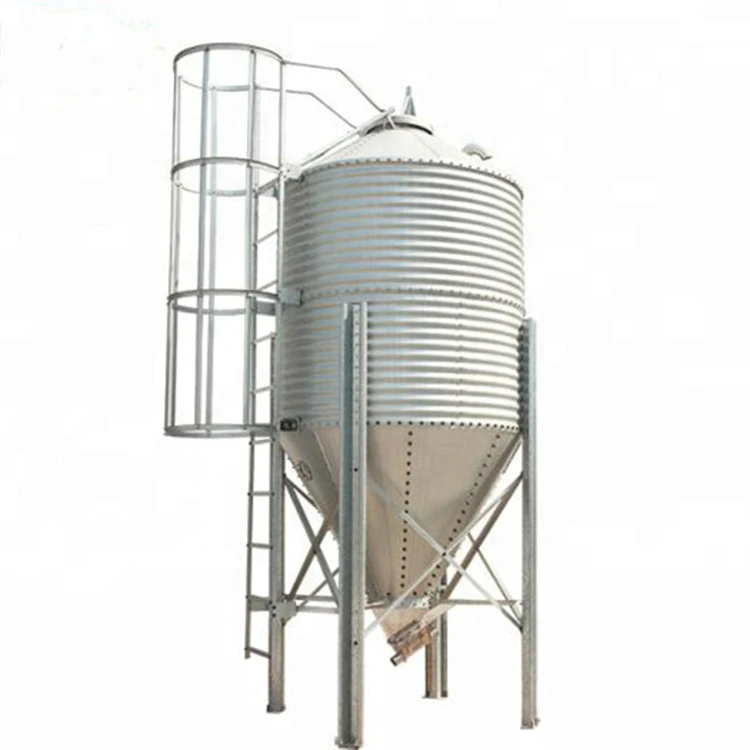poultry scalder
Dec . 15, 2024 15:06 Back to list
poultry scalder
Understanding Poultry Scalders An Essential Component of Poultry Processing
Poultry processing involves several critical steps that ensure chickens, turkeys, and other birds are prepared for consumption. Among these steps, scalding plays a pivotal role, which is where poultry scalders come into play. This process not only aids in the removal of feathers but also impacts the overall quality of the meat. In this article, we will explore the importance, types, and operation of poultry scalders.
The Importance of Scalding
Scalding is the process of immersing birds in hot water to loosen their feathers prior to plucking. This step is crucial as it greatly enhances the efficiency of feather removal, thereby reducing processing time and labor costs. Additionally, proper scalding can help maintain the integrity of the skin, which is essential for both appearance and quality. When scalding is done correctly, it prevents the skin from tearing, leading to higher market value for the processed poultry.
Moreover, the scalding process helps in minimizing the risk of microbial contamination. The hot water used in the scalding process can eliminate pathogens and bacteria that may be present on the bird's skin. This is particularly important in ensuring that the final poultry products meet health and safety regulations.
Types of Poultry Scalders
Poultry scalders can be categorized into two main types batch scalders and continuous scalders.
1. Batch Scalders These are designed to process a specific number of birds at a time. The birds are placed into a large vat of hot water where they remain for a predetermined duration. This type of scalding is common in smaller processing facilities. While batch scalders can be labor-intensive, they allow for better control over the scalding time and temperature for each batch.
poultry scalder

2. Continuous Scalders These systems are more sophisticated and are used in larger processing plants where high volumes of poultry are processed. In this setup, birds are transported through a series of troughs filled with hot water. The design ensures that the birds are evenly exposed to the scalding temperature, resulting in consistent feather removal. Continuous scalders typically offer better efficiency and can save significant time in the processing cycle.
How Poultry Scalders Work
The operation of poultry scalders is rooted in both the science of thermodynamics and the practicalities of poultry processing. The water temperature and duration of scalding are carefully monitored to achieve optimal results.
Typically, the temperature for scalding ranges from 140°F to 160°F (60°C to 71°C), depending on the type of poultry and the specific requirements of the processing facility. The immersion time may vary; generally, it lasts between 30 seconds to 2 minutes. The goal is to reach the right temperature without cooking the meat, which would compromise flavor and texture.
Once the birds have been scalded, they are moved to the plucking machines that remove the feathers efficiently. The success of this operation heavily relies on the quality of the scalding process. Insufficient scalding can lead to uneven feather removal, while over-scalding can result in damaged skin and meat quality.
Conclusion
Poultry scalders are an indispensable part of the poultry processing industry, impacting efficiency, safety, and product quality. Understanding the mechanisms and functions of scalders allows processors to optimize their operations, reduce costs, and ensure the delivery of high-quality poultry products to the market. As consumer demands for quality and safety continue to grow, investments in advanced scalding technology and practices will be essential for the poultry industry to thrive in a competitive landscape.
With ongoing innovations and improvements in scalding techniques, the poultry processing sector is poised to become more efficient, sustainable, and responsive to consumer needs. Whether in small-scale operations or large industrial facilities, the importance of effective poultry scalding remains a cornerstone of successful poultry processing.
-
Automatic Feeding Line System-Pan Feeder Nipple Drinker|Anping County Yize Metal Products Co., Ltd.
NewsJul.29,2025
-
Hot Sale 24 & 18 Door Rabbit Cages - Premium Breeding Solutions
NewsJul.25,2025
-
Automatic Feeding Line System Pan Feeder Nipple Drinker - Anping County Yize Metal Products Co., Ltd.
NewsJul.21,2025
-
Automatic Feeding Line System Pan Feeder Nipple Drinker - Anping County Yize Metal Products Co., Ltd.
NewsJul.21,2025
-
Automatic Feeding Line System - Anping Yize | Precision & Nipple
NewsJul.21,2025
-
Automatic Feeding Line System - Anping Yize | Precision & Nipple
NewsJul.21,2025






